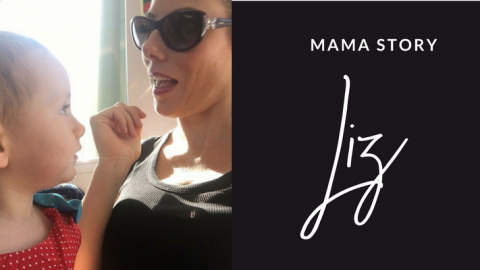As parents, the safety and wellbeing of our kids are always front-of-mind.
But kids are, well…kids. They’re unpredictable, they don’t understand risks or dangers, and they move fast (except when you’re asking them to put their shoes on so you can leave the house on time!)
And even when you think you’ve minimised all the risks and dangers, accidents and emergencies can still occur. #havekidstheysaid #itllbefuntheysaid
So, equipping yourself with some basic first aid skills can make *ALL* the difference in handling common, dangerous and super stressful situations that can arise with babies and young children.
5 essential baby and child first aid skills every parent should know
Falls
Babies and toddlers are natural explorers, which means falls can happen. Remaining calm and knowing how to respond to a fall can help minimise injury.
- Assess the situation for any signs of serious injury, such as loss of consciousness or bleeding.
- For minor falls resulting in bumps or bruises, comfort and calm your child, and apply a cold compress to reduce swelling.
- If you suspect a more severe injury, such as a head injury, call 000 immediately.
Stings and bites
Insects can be an unwelcome presence, especially during outdoor playtime. So what should you do if your child gets stung or bitten?
- Act swiftly. Remove the stinger if present, using a scraping motion with a blunt object (like a credit card).
- Clean the affected area with soap and water, or hand sanitiser – this can help prevent infection.
- Apply a cold compress to reduce swelling and relieve pain.
- Monitor your child. If you notice signs of an allergic reaction, such as difficulty breathing or swelling of the face, seek medical help or call 000.
If you’re dealing with a spider bite and symptoms worsen, or you’re unsure about the type of spider, call 000. It’s also helpful to capture the spider or take a photo for identification purposes.
Cuts and Bleeding
When cuts, grazes and scrapes are a common occurrence in childhood, proper wound care is crucial to prevent infection.
- Clean the wound with mild soap and water.
- Apply gentle pressure with a clean cloth to stop any bleeding.
- Once the bleeding has subsided, apply an antiseptic ointment and cover the wound with a sterile bandage or adhesive strip.
- Monitor the wound for signs of infection, such as redness, swelling, or discharge,
- Seek medical attention if necessary.

Equipping yourself with basic first aid skills can make *ALL* the difference in handling common, dangerous and stressful situations.
Fractures or Bone Breaks
There’s nothing more distressing than the sound of a bone breaking. But knowing how to respond can prevent further injury, and help reassure your child that everything will be okay. If you suspect your child has fractured or broken a bone:
- Keep them as still and calm as possible. This will help avoid aggravating the injury.
- Immobilise the affected limb using a splint or makeshift support
- Apply a cold compress to reduce swelling and alleviate pain.
- Seek medical attention promptly for proper diagnosis and treatment.
Poisoning
Always store potentially harmful substances, such as cleaning products and medications, securely and out of reach. If you suspect your child has ingested a poisonous substance:
- Call 000 immediately.
- Do not induce vomiting unless instructed by a medical professional.
- Monitor your child’s symptoms and follow any further instructions given by the healthcare provider.
Knowing basic baby and child first aid skills can empower you to respond effectively to emergencies, and avoid potentially fatal outcomes. And it’s always better to be proactive and prepared than caught off guard in an emergency situation.
The Baby and Child First Aid online course – a joint initiative between COPE, Emergcare and Kidsafe, has been created to help you prevent or be prepared for accidents, and equip you with essential first aid skills and knowledge. The course is suitable for new and expectant parents, grandparents, babysitters and caregivers, and those seeking professional development.
Learn more about Baby and Child First Aid online course










